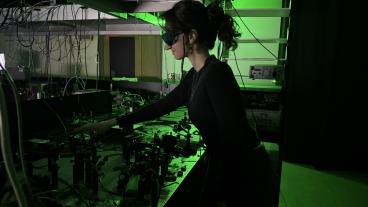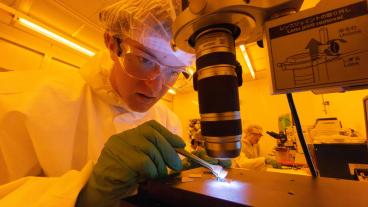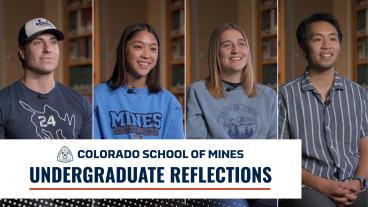Hanna is a geophysical engineering student who was selected to participate in the NASA Student Airborne Research Program this summer. She will be one of 32 undergraduate students from 23 states who will receive hands-on research experience in surface, atmospheric and oceanographic processes.
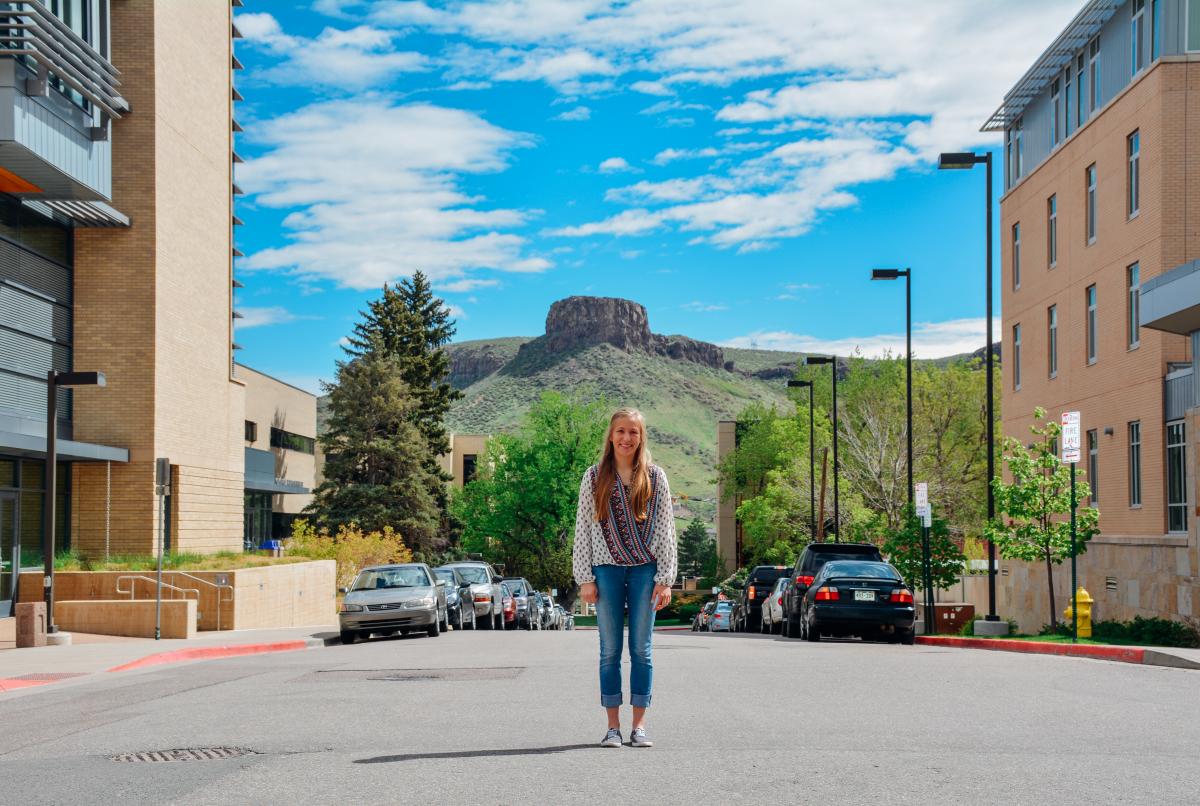
Tell us what you’ll be doing this summer.
SARP is a summer internship program in Earth system science using NASA’s DC-8 flying laboratory. I will be planning a survey with NASA scientists and professors from other universities. Then, I’ll implement the survey and calibrate the instruments. Afterward, I’ll process data for my individual project.
How long is this experience?
For two weeks, I will be at the NASA’s Armstrong Flight Research Center in Palmdale, California. For six weeks, I will be at University at California, Irvine, processing the data. I start June 12 and I will be done August 5.
What was the process to apply?
In February, I went to the NSF website and looked at their list of summer opportunities. This was one of the top ones I applied for. I filled out a general application, some essay questions, letters of recommendation and transcripts. I found out that I was accepted at the end of March.
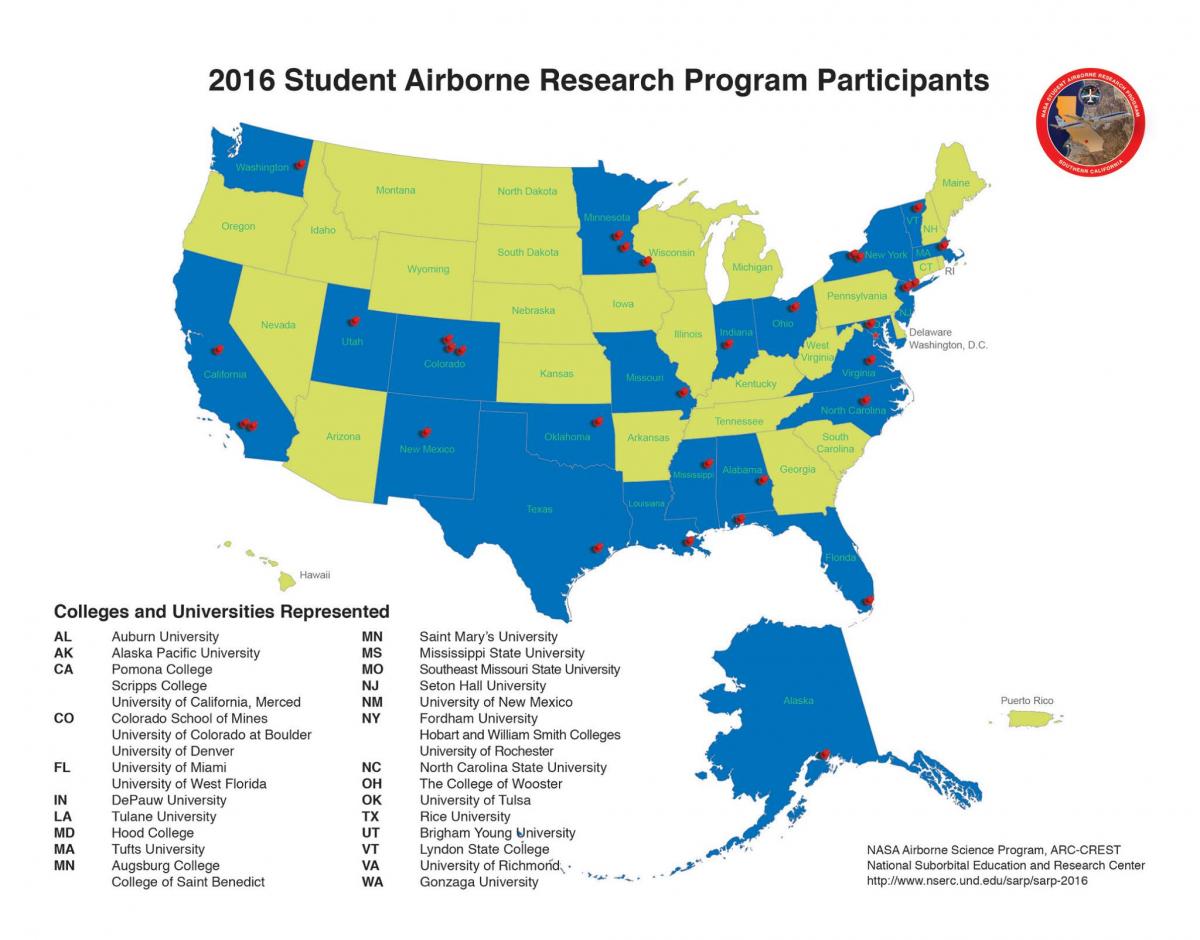
Why did you apply?
I am interested in remote sensing for geophysics. That’s one of my big interests right now. There are four different projects and eight students are assigned to each of those groups. And within that, you do your own research project. Two of those are remote sensing projects. So I was really interested in that and apply some of the knowledge I learned in my classes to remote sensing.
NASA is well respected and they have some meaningful projects. I hope this summer leads to future projects.
Why remote sensing?
It’s becoming more popular and useful. People are interested in all the possibilities of remote sensing. One project I could be working on with NASA might be measuring how the vegetation is being affected by the drought in California right now, which I think will be pretty cool to learn about. Remote sensing allows you have a wider field of the area.
I am in the Remote Sensing class (GPGN 468) with Geophysics Assistant Professor Ed Nissen right now. We analyzed the beetle kill in Colorado using remote sensing techniques. With that, we use a vegetative differencing index so that we can tell the health of the vegetation. You can do that with trees and you can do the same thing with plants. I think that project could be applied to the drought in California.
What else are you involved in on campus?
I have been the Awards Director for SWE (Society of Women Engineers) for the past two years. I will be the Secretary for the Society of Geophysics next semester. I participate in some intramural sports on campus when I have time, like basketball, indoor soccer, slow-pitched softball and volleyball.
What else will you do this summer?
I will be going to Geophysics Field Camp in Pagosa Springs right after finals are over. I will be doing a lot of geophysical techniques for that. No remote sensing, but we will be doing electromagnetics, electrical surveys and seismic surveys. That gets done June 10 and then I fly out June 12 for my research experience.
I work at the USGS (United States Geological Survey) as a student intern in the National Earthquake Information Center. So I started that last summer and will continue that this fall.
Are you looking forward to anything your senior year?
We get to do Senior Design projects and I think that will be pretty interesting. I hope to continue my summer NASA project through Senior Design.
A lot of geophysics classes should be pretty interesting. We get to choose our electives. I’m more interested in the electromagnetics, magnetics, gravity side and not so much the seismic right now. So I get to focus on that which is pretty cool.
What are your plans after you graduate?
I’m going to do a master’s in geophysics. I’m not sure where I’m going to go yet. I will be applying here and a couple other schools, like Stanford and MIT.
Contact:
Kathleen Morton, Digital Media and Communications Manager, Colorado School of Mines | 303-273-3088 | kmorton@mines.edu
Karen Gilbert, Director of Public Relations, Colorado School of Mines | 303-273-3541 | kgilbert@mines.edu

